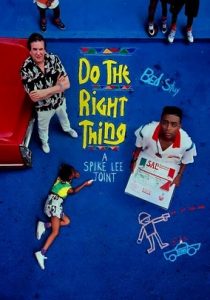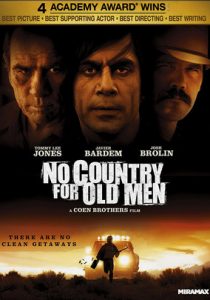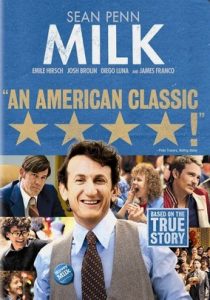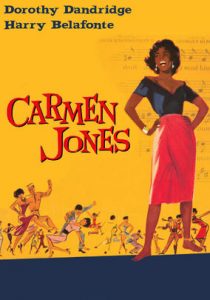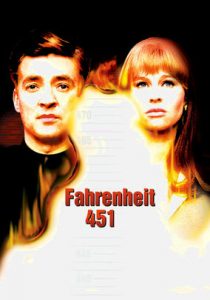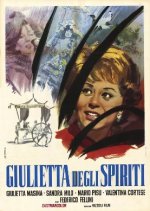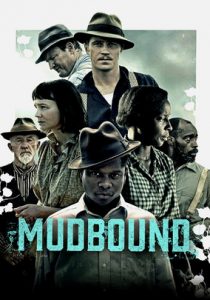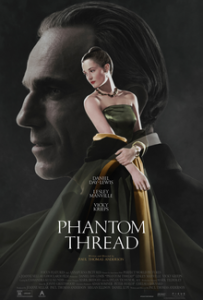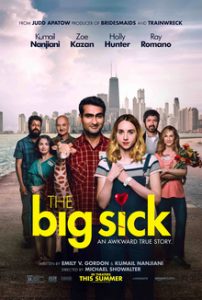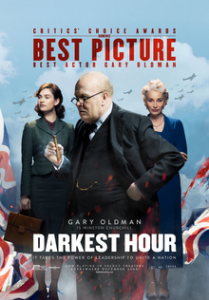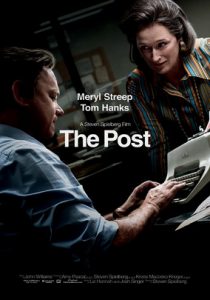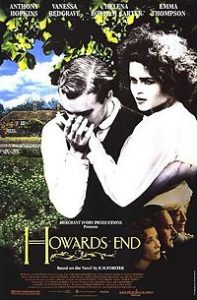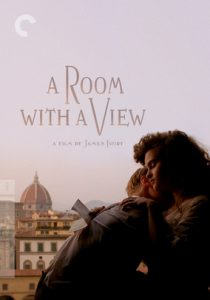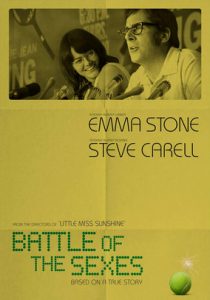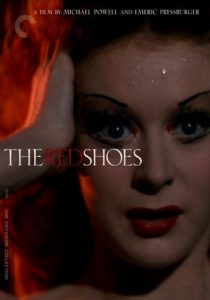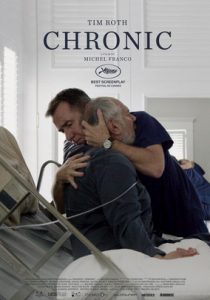Do the Right Thing-1989
Director Spike Lee
Starring Danny Aiello, Spike Lee
Scott’s Review #746
Reviewed April 21, 2018
Grade: A
Do the Right Thing is one of the few great films to come out of 1989, not remembered as a fantastic year in cinema when most mainstream films were as glossy as tin foil- and barren of quality substance.
Here we have a small, independent gem that made people have discussions about current race relations in the United States and also became a monumental, influential film.
Filmmaker (and star) Spike Lee carves a controversial story of racial tensions in a Brooklyn neighborhood one hot summer day.
Beginning rather light and comedic, then turning violent and dark, the action is set in a largely black neighborhood, Bedford-Stuyvesant, Brooklyn, where twenty-five year old, Mookie (Spike Lee) works delivering pizzas at an Italian pizzeria owned by Sal (Danny Aiello).
With a toddler at home and a nagging girlfriend Tina (Rosie Perez) always in his face, Mookie is unmotivated yet still a decent guy and loyal friend.
Sal has two sons who work at the pizza place- Pino (John Turturro), who is angry and racist, and nice guy Vito, who is a friend of Mookie’s.
When conflicts erupt over whether Sal’s restaurant should celebrate black celebrities and white on a wall in the dining room, tensions reach their breaking point as the intense heatwave makes matters much worse.
What makes Do the Right Thing a marvel is both the overall tone of the film and the atmosphere relayed by Spike Lee, who does an incredible job of writing, producing, and starring in the film.
The elements having little to do with the actual story immediately impress as big, bright colors, in comic book style scream at the big screen in bold fashion, eliciting both a warm, inviting feeling and an angry, contemptuous vibe.
The loud rap and hip-hop beats are exceptionally instrumental in portraying a certain feeling and emotion in the film. Made independently, with little budget, the film feels raw and intense from the get-go.
Brooklyn, and New York City, in particular, are the perfect settings as Sal and his family are white folks living in a predominantly black neighborhood, so, in turn, are the minorities in the story.
Additionally, the viewer sees the friendly neighborhood and feels a sense of belonging regardless of race- the humorous drunk, the kindly, grandmotherly type people-watching from her stoop, and the boombox music kid all form a sense of community and togetherness.
This point is tremendously important to the overall plot of the film.
The relationship between Mookie and Sal and his sons is very important and the centerpiece of the entire film, which I found quite interesting as a character study.
Open-minded, Sal is a decent man and fine with the diversity in his neighborhood- yet still true to his Italian roots. Aiello does a fantastic job of portraying this complex, conflicted character.
His two sons could not be more different from each other- Vito, who is a close friend of Mookie’s, is sympathetic and sweet- with nary a racist bone in his body.
Pino, on the other hand, is angry and resentful of the black community taking over what he feels is his territory. Finally, while lazy, Mookie is also a sympathetic character as he is conflicted once tension reaches its boiling point.
These diverse characters make the film so dynamic.
Revered director Spike Lee carves out a story and brings it to the big screen telling an important topic that is as vital in modern times as it was when Do the Right Thing was released in 1989.
The film is intelligent and timely without being condescending to either black or white races, nor preachy- instead of telling a poignant story that is angry and sometimes painful to watch, but more importantly, is empathetic and real.
Oscar Nominations: Best Supporting Actor-Danny Aiello, Best Screenplay Written Directly for the Screen
